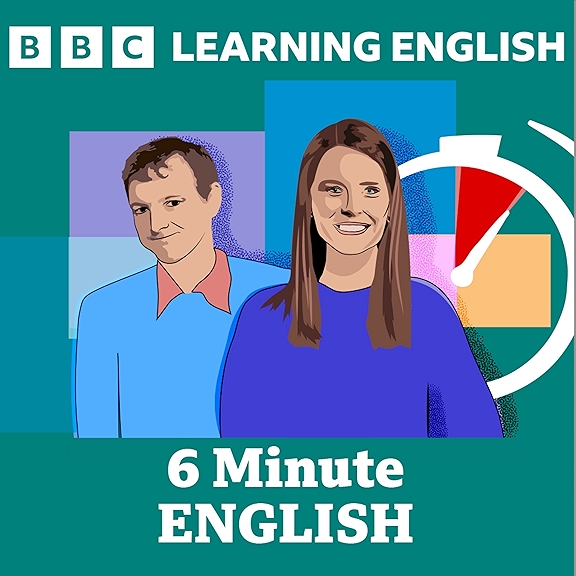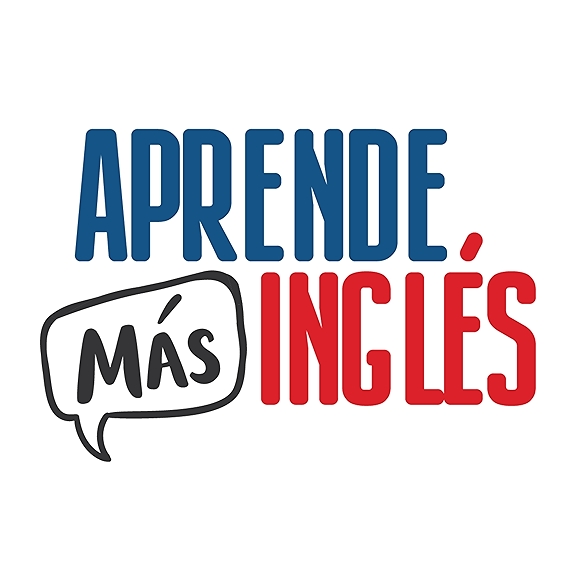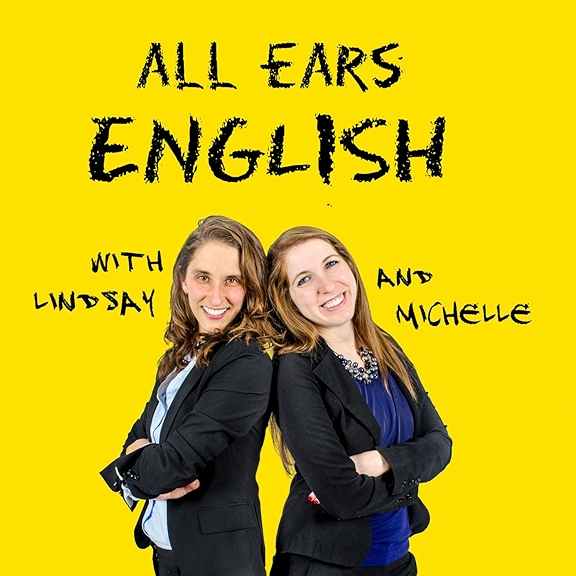
Paradise Intermediate School: After the Wildfire
Louise interviewed her cousin Michael, a PE teacher at Paradise Intermediate School about the lasting impact of the November 2018 Camp Fire that devastated their community. Paradise is a rural town of 10,000 people in the Sierra Nevada foothills of California, that along with many more communities up and down this state, have been ravaged by wildfires due to a 20 year drought.
On the evening of November 7, Michael was driving to his home in Chico from his long day of teaching in Paradise, he listened to the news on the radio predicting very high winds, under dry and hot weather conditions. The news warned that the gas and electric company, PG&E, might be forced to turn the power off to customers, and that the community should expect rolling black outs. But, unfortunately, PG&E did not make the decision to turn off the electricity in a timely way, and so the next morning, as Michael got in his truck and returned from his home in Chico back to the town of Paradise where he teaches, he was looking at a huge plume of smokein front of him and thought, “This is not good.”
As he made the twenty minute drive, he got a call from his teaching partner saying, “Well, we might have to do PE in the gymnasium today because of the smoke.” Michael, who had the perspective of the ever-growing plume of black smoke before him, thinks,”We're not going to be teaching PE in the gym. We're going to have to close school for the day!”
When Michael arrives at school he tells his colleagues that school needs to be canceled for the day, and that they need to send everybody home. But at the same time, busloads of students from other schools are being dropped off, because they are already evacuating hundreds of children from other schools to come to Paradise Intermediate School as an evacuation center.
Michael and his colleagues decide to direct all students to the gymnasium where they are occupied with basketballs and various activities to keep them occupied while the teachers figure out what to do next. Michael stood at the doors to the gymnasium to direct anxious parents coming to collect their kids. He described to Louise how he learned the enormity of what was going on outside the gymnasium walls. There were the explosive noises and the sounds of pelting rain. Parents reported driving through bumper traffic, as propane tanks exploded at homes along the road, and black embers pelted the roofs of cars and houses. It was now 9:00 in the morning but it was pitch black outside due to the blanket of thick smoke that was choking the area.
While the news of the severity and danger of what was going on outside of the gymnasium was clear, teachers were not getting information on what they should do. As they began to have discussion about making a next steps plan, a police officer from nearby Oroville City strode into the gymnasium and announced, “Everyone needs to get out. Now! Get into any car. Forget about seat belts. Just jam into cars and leave now. There is no time.” People immediately began to comply.
There are just three, maybe four routes, out of the town, which was one of the big problems. So people got stuck in congested traffic, just sitting there with six or more children in the car and fires raging on either side of the road. It was terrifying, and Michael, just like everyone else in the town of Paradise, most likely, that day wondered,“Is this the day I will die?”
85 people did lose their lives that day, and 19,000 homes, businesses and structures were destroyed.
In the days and weeks that followed, Michael and the teachers of the town of Paradise made calls to find out where families were staying and to connect them to resources. After the winter holidays, school was reopened for students still in the area at an abandoned Orchard Supply Hardware store. They relocated to the previous site of Paradise high school in the fall of 2019, and then in spring of 2020, the COVID pandemic hit, and they were forced to pivot to a hybrid of teaching from home and online. It was two full years before they were able to return with their students to the Paradise Intermediate School.
Many of the teachers also live in the town of Paradise, and lost their homes. People have had to deal with so much in terms of loss and trauma and death, and then, rebuilding their lives and rebuilding their school. The attention to relationships has been a really strong part. Michael described that everyone: from the principal, to the superintendent, to his colleagues, to the parents, were generous and compassionate and caring. The school culture has changed due to daily attention to the social, emotional and academic needs of the students.
When Louise asked if this natural disaster, brought on by a warming climate as a result of human actions, had influenced, shaped or changed their curriculum, Michael said it had not. Michael’s seventh and eighth graders now were third graders when the Camp Fire occurred. He and his colleagues are concerned about the learning loss of the basic reading and math skills that they needed at that time. So Michael, a PE teacher, makes sure to incorporate math and literacy skill building into his PE classes and his social and emotional advisory times.
When Louise pushed a little further on whether the Camp Fire had been any kind of a teacher to Michael, his colleagues and his students, he said that they haven't incorporated it into the curriculum. He also said that he wonders about the value of raising old fears. And so while it seemed to Louise that Michael was interested, or possibly thinking about how this experience could be a teaching tool for these young people who are growing into a world where these kinds of things happen, and increasingly happen, it isn't part of their curriculum now.
So Louise UPS’d a copy of the book Regeneration: Ending the Climate Crisis in One Generation, a young adult novel titled Two Degrees, about middle school children who are dealing with wildfires and floods, and a children’s book titled Wild Child written by a father for his daughter about losing their home to wildfire to her cousin, Michael, to keep the conversation going.
Barriers to Teaching About Climate Change
Lois Hetland
You know, as I hear this, and the same with the teachers Heather and Cally talked to, I keep thinking about the disconnect between what I see as an entry point to talk about this really, catastrophically important thing that's happening to all of us in the world. And then the reality of educators who are directly under threat. I deeply appreciate how they take care of each other and themselves. But I continue to wonder, how do we catalyze people's interest in the bigger issue? And also, what is it we want people to understand?
Cally Flox
I think that the timing really matters. What's that old saying…. “When the student is ready, the teacher appears?” I love that. I'm reflecting on what Michael said about wondering about the value of raising old fears. Why would we teach about this?
When is information damaging because it's reactivating fears that you're not ready to process? When is information helpful? You almost can't teach something until the children are asking. How much time will go by before these people in this community can ask, what led to this problem? What contributed to this? Is there anything we can do to make this better in the future? It might be years, and it might be only months for some people. But the information can't be taught until the learners are ready.
Lois Hetland
We don't know if the learners are ready if we're not asking them. It's the educators responsibility to open the conversation up and then to go and meet the kids where they are. If they're at a place of trauma, or overwhelm, or fear, then you meet them there. You can meet them at an information place. You can meet them at an emotional place. You can meet them at a practical place. There are lots of different ways. It requires the educators to keep on opening the opportunities.
Cally Flox
I want to clarify one thing. Yes, educators have an opportunity to ask those questions. But these are also traumatized educators. And I'm curious if Michael mentioned, if they have school counselors. Sometimes we expect more of teachers than they can do. I'm not certain if I just lost my home in that community that I would be ready to lead those kinds of conversations very well. I think there is a professional role here. After a school shooting or other trauma, we bring in professionals from the outside, who can read and regulate some of these emotions. These are big issues. Did they have any counseling for the students?
Louise Music
Unfortunately I did not ask that question and Michael didn’t specifically talk about that. He talked about their social and emotional learning programs. But that's not to say that there weren't counselors. I imagine that there were.
In my mind the big problem here is that we don't teach teachers to teach in constructivist classrooms. We don't teach teachers how to reveal or uncover what is going on with kids:what they're worried about, what they're excited about and what their interests are. Instead, we give teachers a curriculum to give to kids, and that's what teachers know how to do. We've talked before about how teachers need more deeper disciplinary knowledge. I think it's great when they do, but I don't believe it's the most important thing. I believe that there are so many disciplinary resources that teachers can draw upon and bring into their classroom. I think what teachers really need to be able to do is to set up classrooms where children have multiple ways to talk about what's going on with them, to make connections with literature, or math content, and to keep surfacing their ideas so that the teacher can see it and respond. That's the biggest thing that we don't teach teachers to do. How can a teacher respond to children at the right time, if they don't have multiple opportunities every day to see where kids are at given that they're all going to be in different places.
Surfacing Feelings and Fears Through the Arts
Heather
That's what I loved about being a dance teacher. I felt that I got that opportunity every day because I created an environment where the children were making choices and their choices revealed to me what was important to them. So if they got to choose to make a dance, what were they making a dance about? Their uncle who didn't make it across the border, or their sister who had a miscarriage. And that was hard for me as a teacher because I didn't know anything about these topics myself. I was only 24 years old.
I think that arts integrated constructivist classrooms provide a way for student experience to be expressed. In fact, one of the students from Paradise ended up in one of our school districts here in Utah. The Granite School District had a visual art exhibit that I did some reporting on with my mom, who is a photographer. The student from Paradise had done a visual art piece on the forest on fire, and the art teacher was providing this student with processing and learning time.
Lois Hetland
I think that's a really interesting point, because it's about choice. When you set up your curriculum in a way that allows kids to make choices about their expressions, then you're going to find out what's on their minds.
Louise Music
I think that's right, Lois. And I think that teachers are afraid that they won't have the answers, or they won't know what to do in an emotional or triggering situation. I think that that's where dealing with trauma and problems is something that kids need to be learning in school. I wonder how you would talk about that, Cally, because I think it goes to why Paul Hawken, in his book, has that whole section on agency. What do you think?
Creative Agency
Cally Flox
Thank you for asking. I was talking to an ethnomusicologist in our fine arts college. At the University where I work we were talking about “what's the most important outcome?” He came up with the words creative agency. For the last number of years, I've participated in the trauma sensitive schools conference. This is a movement that has taken off. Their conference doubles in size every year, and people are really hungry for information about what we can do for traumatized children.
There is no policy or practice that should be ever implemented as one size fits all. We need to start creating cultures where talking about our mental health is welcome, embraced, appreciated, valued, supported, and not stigmatized. Until we embody learning with our full physical self with multi sensory experiences, our body doesn't have a way to process the trauma and move it through our nervous system. Teaching children to embrace their bodies, love their bodies, acknowledge their bodies and notice, reflect and respond to the feedback from our bodies is, I think, one of the first places we need to start in our education system. The way you describe constructivism just inspires my heart. And along with that, I think one of the second essential things is to teach people to embrace their physicality, and to self regulate through their entire brain and body connection.
Intergenerational Connections for Strength and Healing
Lois Hetland
I'm thinking about this idea of multi generational conversations, which has been the big idea that we have been talking about. A school faculty is a multi generational group. You’ve got people in their 20s, their 30s, their 40s, their 50s, their 60s. If you get that group of people together, if somebody organizes that, you can do all sorts of things in those groups. You can brainstorm, “what would it make sense to teach? What opportunities does the wildfire give us?” Well, it gives us opportunities to think about trauma, gives us opportunities to think about forests, gives us opportunities to think about weather, gives us opportunities to think about community, and networks of support gives us opportunities to think about resilience. I think to make faculties into those communities, we need to learn from everyone on a faculty.
Cally Flox
Yes, imagine a faculty where the experienced teachers share freely and liberally with the new teachers and the new teachers share freely, and that intergenerational piece, the connection from embodying our own selves and then embodying that community in that intergenerational way. That's why we started these conversations. You summarized the vision we had our first summer together when we went, “Oh, man, intergenerational communications, look what we're learning from each other.” Really well said, Lois.
When we started recording today, we had a slow start. We discussed whether we were really ready to record today or not, and how emotionally the distractions in the world were making us late for this very session and distracting us in big ways in the world. And from this conversation, my hope is restored. I started the conversation discouraged and kind of worried about the world. And you have restored to me some hope. And I say thank you for that.
Heather Francis
I think we're doing the embodied processing that we just discussed. We get to be in conversation on Zoom. I get to see your bodies when you are talking about intergenerational connections. Cally,in my mind I am Cally, I embody Lois, I embody Louise. We are a community and there are pieces of my like cellular being that I feel I've come from you because of the time we've spent online and in person. I'm grateful.
Links Mentioned:
- Fire In Paradise Documentary (40 Minutes) - Netflix
- Fire in Paradise - Frontline You Tube
- Granite School District Student reflecting on Paradise wildfire experience - HEATHER
Follow Us:
Subscribe on apple, spotify, pandora, amazon, google




















